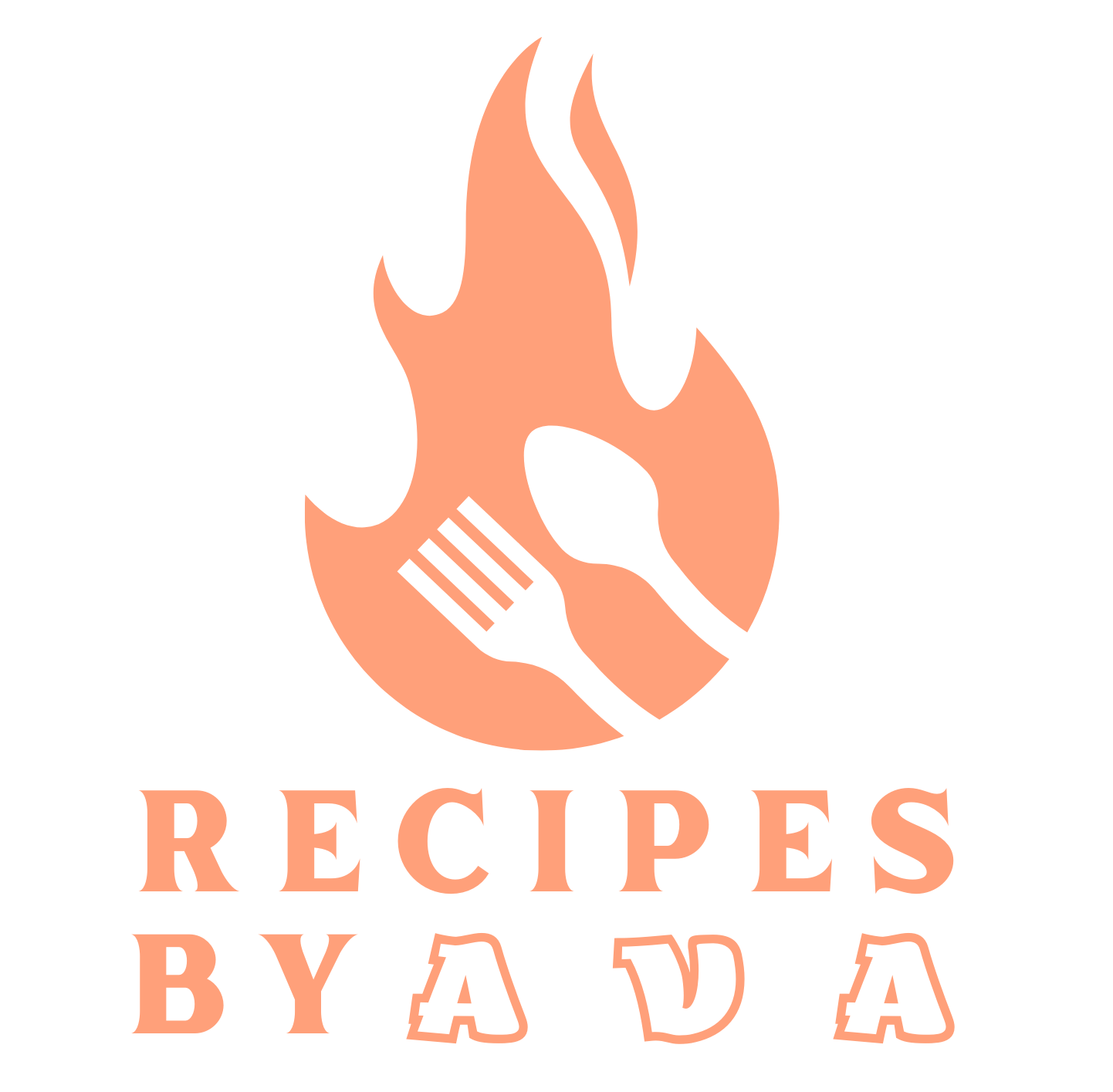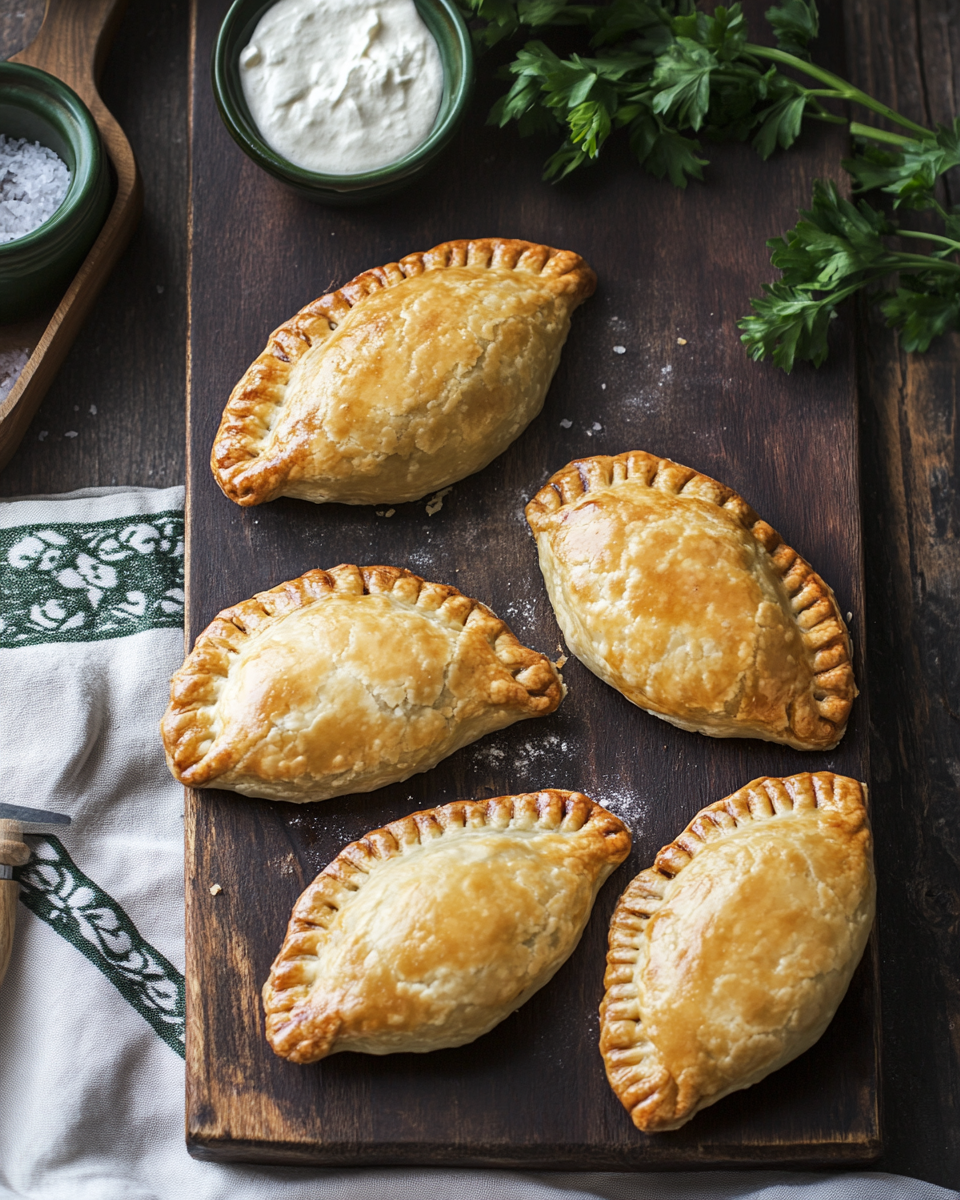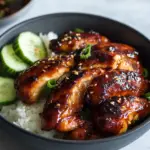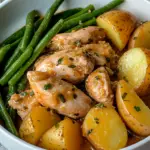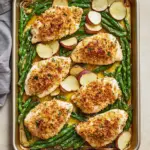Irish Pasties are a classic Northern Irish dish, featuring a deliciously seasoned meat and vegetable filling wrapped in a buttery pastry. The pasties are first baked to lock in their savory flavors and then deep-fried to achieve a golden, crispy crust. This dish is perfect for anyone who loves hearty, comforting meals with a traditional touch. What makes these pasties truly special is their versatility—you can switch up the filling, play with spices, or even opt for a baked-only version if you prefer a lighter option. Whether served as a snack, a main dish, or a festive treat for St. Patrick’s Day, these Irish Pasties are sure to satisfy your cravings for something warm, crispy, and packed with flavor.
Full recipe:
Ingredients:
For the Filling:
- 1 lb ground beef
- 1 lb ground pork or sausage
- 6 yellow or russet potatoes, diced
- 2 medium onions, diced
- 3 carrots, diced
- 3 tsp salt
- 2 tsp black pepper
- 2 tsp garlic powder (or preferred meat seasoning)
- 2 tsp fresh thyme or sage (optional)
- 6 tbsp butter
For the Crust:
- 1 cup butter, diced
- 1 cup lard or shortening
- 5 ½ to 6 cups all-purpose flour
- 2 tsp salt
- 2 cups boiling water
For Frying:
- Preferred deep-fry oil (avocado or olive oil)
Directions:
-
Prepare the Dough:
- Add 2 cups of boiling water to a large mixing bowl.
- Quickly mix in diced butter and lard until melted.
- Slowly add 5 ½ cups of flour and salt, mixing until dough forms. Add extra flour if needed.
- Wrap dough in plastic wrap and refrigerate for at least 1 ½ hours or overnight.
-
Make the Filling:
- Brown the ground beef and pork in a skillet over medium heat.
- Transfer meat to a bowl and set aside.
- In the same skillet, sauté onions in 1 tbsp butter until softened, then add to the meat.
- Dice potatoes and carrots, then add them to the bowl with meat and onions.
- Season with salt, pepper, and optional thyme or sage. Mix well.
-
Assemble the Pasties:
- Roll out chilled dough on a floured surface to about ¼-inch thickness.
- Cut into 8-inch circles.
- Place 1 ½ cups of filling on one side of each circle.
- Add 2 tsp butter on top of the filling.
- Moisten the edges of the dough with water, fold over, and press edges with a fork to seal.
-
Cook the Pasties:
- Preheat oven to 375°F (190°C).
- Place pasties on a parchment-lined baking sheet.
- Cut small slits on top to release steam.
- Bake for 45 minutes.
- Heat ¾ inch of oil in a skillet to 375°F (190°C).
- Fry each pasty until golden brown on both sides.
- Drain on paper towels and serve hot.
Prep Time: 20 minutes | Cooking Time: 1 hour | Total Time: 1 hour 20 minutes
Kcal: 480 kcal | Servings: 9
Traditional Northern Irish Pasties: A Hearty, Delicious Comfort Food
When you think of Irish cuisine, dishes like Irish stew, soda bread, and shepherd’s pie may come to mind. However, one of the lesser-known but equally delicious Irish dishes is the Northern Irish Pasty. These savory, deep-fried hand pies are a staple in Northern Ireland, loved for their golden, crispy crust and hearty meat-and-potato filling.
If you’re searching for a comforting, flavorful, and easy-to-make meal, this recipe is a must-try. Whether you want to impress guests with an authentic Irish dish or simply enjoy a warm, satisfying meal, Northern Irish Pasties deliver on all fronts.
Let’s explore the rich history, benefits, and variations of this delicious recipe, along with why it deserves a place in your kitchen!
The History of Northern Irish Pasties
The pasty has deep roots in the British Isles, with variations found in different regions. The most famous pasty is the Cornish pasty, originating in Cornwall, England. Traditionally, Cornish pasties were filled with diced beef, potatoes, onions, and rutabaga, all encased in a thick pastry crust and baked until golden brown. These hand-held meals were popular among miners, who needed a filling and portable meal that could withstand long workdays.
Northern Irish pasties, however, have a unique twist. Unlike their Cornish counterparts, these pasties use ground meat (typically a mix of pork and beef) instead of diced beef. They also incorporate carrots and potatoes for a softer, more blended filling. What truly sets them apart is the cooking method—instead of just baking, they are deep-fried after baking, creating a golden, crispy crust that adds an extra layer of flavor and texture.
These pasties are commonly enjoyed in chip shops (local fast-food establishments in Northern Ireland), where they are served alongside chips (fries) for a satisfying, hearty meal.
Why This Recipe is the Best
There are many variations of pasties, but this Traditional Northern Irish Pasty recipe stands out for several reasons:
1. The Perfect Combination of Flavors and Textures
- The filling is well-seasoned and juicy, thanks to a mix of ground pork and beef, fresh vegetables, and warm spices.
- The crust is flaky and crispy, providing the ideal contrast to the soft, flavorful interior.
- Deep-frying after baking ensures an unbeatable crunch while sealing in the rich flavors of the filling.
2. Versatility and Customization
- This recipe allows for ingredient swaps based on personal preferences. You can use all beef, all pork, or even a vegetarian filling.
- You can adjust seasonings to taste, incorporating fresh herbs like thyme and sage for added depth.
- If you prefer a healthier version, you can bake the pasties instead of deep-frying them.
3. A Perfect Make-Ahead Meal
- These pasties can be prepared in advance and frozen, making them ideal for busy families.
- Simply reheat in the oven or air fryer for a quick and delicious meal on demand.
4. A Cultural Experience on a Plate
- Northern Irish Pasties offer a taste of authentic Irish comfort food.
- They are an excellent dish to serve on St. Patrick’s Day or any time you want to celebrate Irish heritage.
Health Benefits of This Recipe
Although deep-fried foods are often considered indulgent, this recipe includes nutrient-dense ingredients that provide several health benefits:
- Protein-Packed – The combination of ground beef and pork provides a rich source of protein, which supports muscle growth and keeps you full for longer.
- Rich in Fiber – The inclusion of potatoes, onions, and carrots adds essential fiber, vitamins, and minerals, supporting digestive health.
- Healthy Fats – If you choose to fry in avocado oil or olive oil, you’ll benefit from heart-healthy monounsaturated fats.
- Balanced Meal – This dish includes proteins, carbohydrates, and healthy fats, making it a well-rounded and satisfying meal.
For a healthier alternative, consider baking instead of frying or using an air fryer for a similar crispy texture with less oil.
Step-by-Step Cooking Tips
Want to make perfect Northern Irish Pasties every time? Follow these expert tips:
1. Use Cold Butter for the Pastry
- Cold butter creates flakier pastry. Dice it before mixing, and work quickly to prevent melting.
2. Season the Filling Well
- Don’t skimp on salt, pepper, and herbs—they enhance the natural flavors of the meat and vegetables.
3. Dice Vegetables Evenly
- Cutting potatoes and carrots into uniform pieces ensures even cooking and a balanced texture.
4. Chill the Dough
- Letting the dough rest in the fridge makes it easier to roll out and prevents shrinking during cooking.
5. Don’t Overfill the Pasties
- Too much filling can cause the pastry to break. Aim for about 1 ½ cups per pasty.
6. Seal the Edges Properly
- Use a bit of water and a fork to crimp the edges, preventing leaks while frying.
7. Fry at the Right Temperature
- Maintain 375°F (190°C) for frying. If the oil is too hot, the pastry may burn before the inside is fully cooked.
Serving Suggestions
While Northern Irish Pasties are delicious on their own, they can be served with various sides for an even more satisfying meal:
Classic Sides:
Chips (Fries) – A traditional pairing, served hot and crispy.
Peas or Mushy Peas – Adds a pop of color and freshness.
Coleslaw – A tangy, crunchy contrast to the richness of the pasties.
Dipping Sauces:
Brown Sauce – A classic British condiment with a savory, tangy kick.
Ketchup – A simple and traditional choice.
Garlic Mayo – Creamy and flavorful, perfect for dipping.
Variations of the Recipe
Want to put your own spin on this dish? Here are a few creative variations:
1. Vegetarian Irish Pasties
- Swap out the meat for mashed potatoes, mushrooms, and cheese for a delicious meat-free option.
2. Spiced Beef Pasties
- Add a teaspoon of paprika and cayenne pepper for a smoky, spicy kick.
3. Cheese and Onion Pasties
- Replace the meat with cheddar cheese and caramelized onions for a rich, cheesy filling.
4. Gluten-Free Irish Pasties
- Use gluten-free flour to make a suitable crust for those with gluten sensitivities.
Conclusion
Traditional Northern Irish Pasties are a delicious and comforting dish that deserves a place in your recipe collection. With their crispy golden crust, flavorful meat filling, and versatility, they are perfect for any occasion. Whether you’re celebrating St. Patrick’s Day, looking for a quick meal prep idea, or simply craving a taste of Ireland, this pasty recipe is an excellent choice.Give it a try, and bring a little piece of Ireland to your kitchen!
